Bali, Indonesia. If you’ve heard of this place, it probably brings to mind a rich culture, friendly smiles, long stretches of beaches, amazing surfing spots. What may not be as popular are the volcanoes of Bali, and in particular, how myths and legends revolve around these beautiful, but dangerous, peaks.
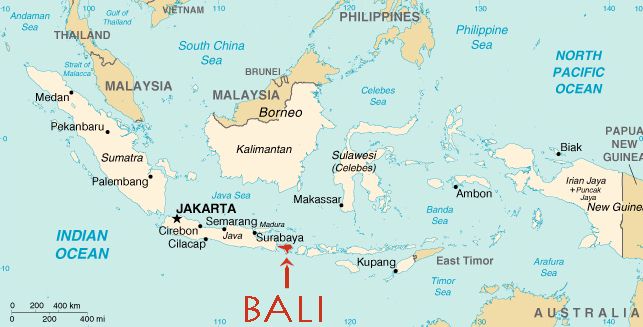

Located just east of Java, Bali is one of Indonesia’s numerous islands. Home to a population of just over 4 million people, Bali is a regular tourism spot for both local and international tourists. One of the attractions that have been becoming more popular are the hikes up the volcanoes of Bali. Out of the four volcanoes found on Bali, Agung, is the highest point on the island. It last erupted in 1963, which was the first eruption after about 100 years of dormancy.
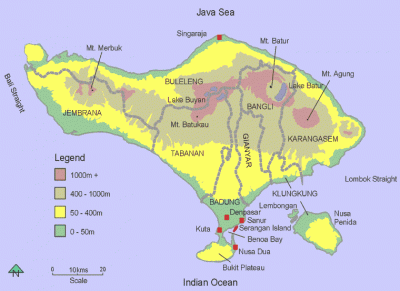
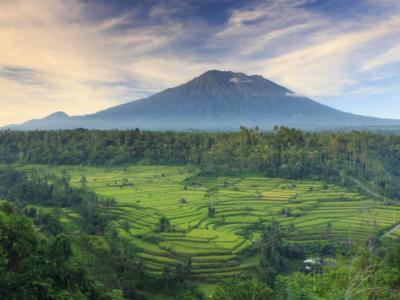
What makes this eruption so interesting is the culture and religion that was entangled with this event. The major religion on the island of Bali is Hindu. According to ancient Balinese Hindu texts, every 100 years, the Hindu priests were charged with the task of performing a purifying ritual. This ritual would serve to keep our world clean and prevent disasters befalling the human race, as a result of angering the gods. Known as the “Eka Dasa Rudra”, this ritual had to be performed at the Besakih temple, on the slopes of Agung volcano. Agung itself is considered a sacred mountain, and as such had been picked in the past as the location of this temple.


The ancient texts had stated that the “Eka Dasa Rudra” ritual was to be performed around the middle of February, 1963. Coincidentally, Agung started to display signs of becoming active again. Along with ground tremors, small explosions and clouds were emitted from the crater. The priests of the temple took these as signs that the date picked was NOT auspicious and the activity that was ramping up at Agung was a very bad omen. The priests insisted that the ceremony could not be held then and must be postponed.
Unfortunately, the president at that time, President Sukarno, had planned for a group of foreign dignitaries to attend the ritual. Because these plans had been made and couldn’t be changed, President Sukarno insisted that the ritual continue as scheduled.
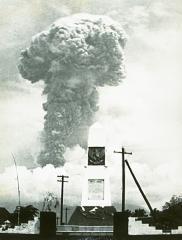

At the end of February, thick and viscous lava flows flowed down the northern flank of Agung, and continued for almost 20 days. The rough estimated total volume of these flows was about 50 million cubic meters. On March 8th, the volcano had entered its full pre-eruption phase, and on the 18th of March, Agung blew its top. The sub-plinian eruption was so strong, it was estimated that the top 100 m had been blown off, creating an eruption column almost 10 km high, which collapsed to form devastating pyroclastic flows. These pyroclastic flows travelled east and south at over 60 km/hr, wiping out several villages and causing the death of over 1000 people. Most of eastern Bali was covered in the lava flows, while heavy ash fall fell across the western side of Bali and continued west, reputedly found as far as Jakarta (Indonesia’s capital on the island of Java).
It was no surprise that the priests and people of Bali were certain that this eruption was a reflection of the wrath of the gods, a sign of anger that the cleansing ceremony was not performed properly. Surprisingly, despite all the destruction that occurred as a result of Agung erupting, Besakih temple, situated on the eastern side of Agung, was almost untouched. The lava flows had not covered it and it remained standing amidst the devastation surrounding it.
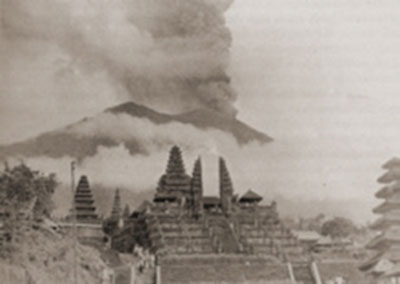
The preservation of Besakih temple only served to provide argument for the Balinese that the reason for this eruption was most definitely a sign from the gods. This was not a good omen, however. The Balinese people believed that this was a sign of worse things to come, of the gods’ continued wrath towards the people. It was almost a feeling of vindication when Indonesia’s plunged into civil ‘war’ in 1965, with several massacres occurring across several of the Indonesian islands.
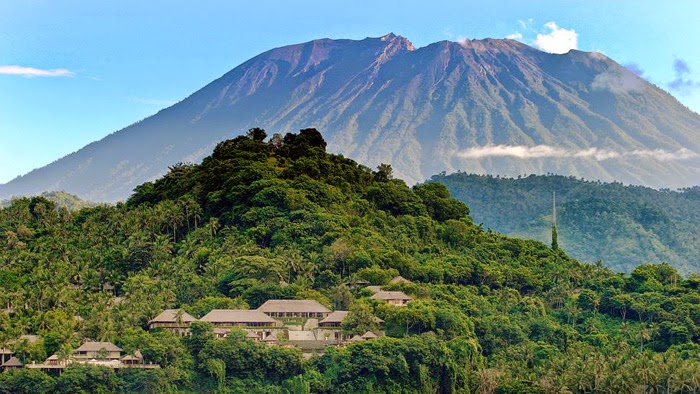
So was the eruption a sign of the wrath of the gods? There are several other legends and myths that tie volcanoes and volcanic eruptions to religion and local beliefs in Indonesia as well as other countries, but the story of the 1963 eruption at Agung is just one of them. Will Agung erupt again? Well, you’d be happy to hear that they finally managed to finish the purifying ceremony at Bekasih temple in 1969. If the ancient text and legends hold true, Agung should not show activity again for another 100 years, not until the year 2069. However, just in case, the Indonesian government continues to monitor seismic activity at Agung, just in case it decides to wake up again before its ‘due date’.